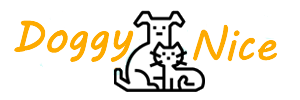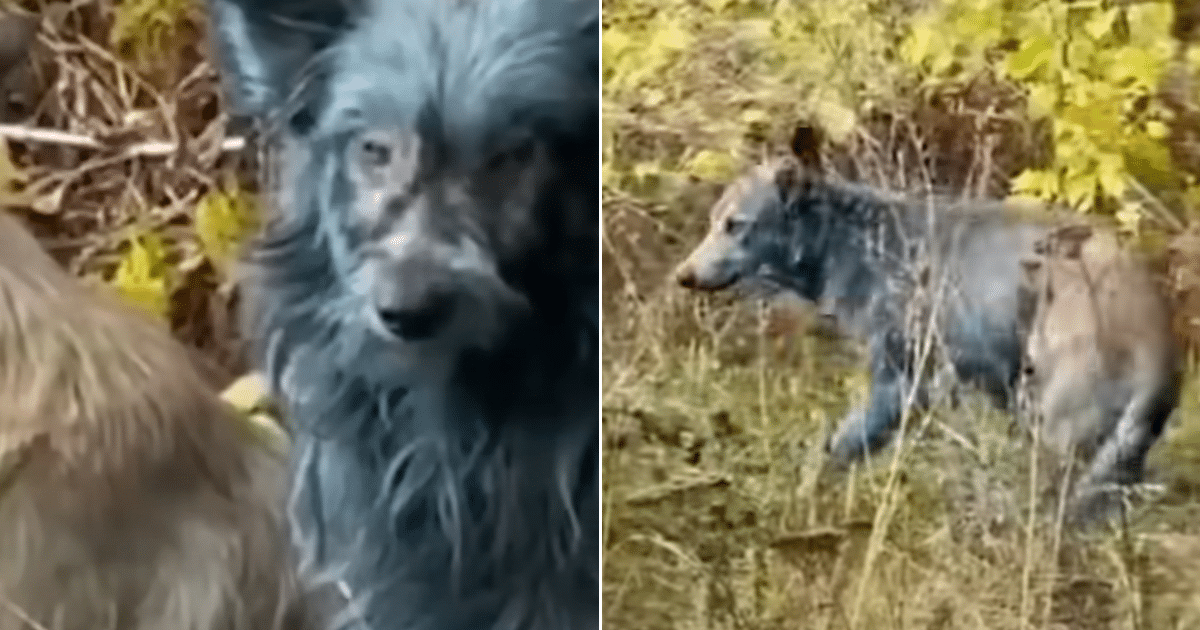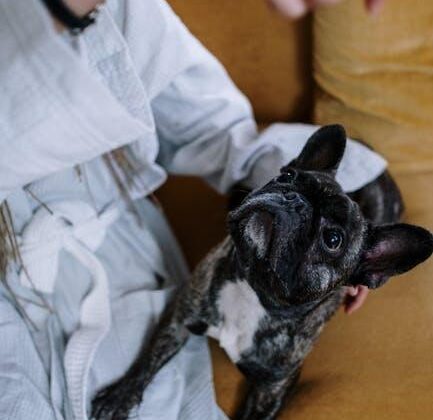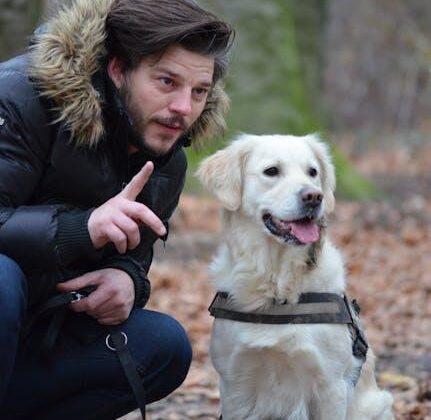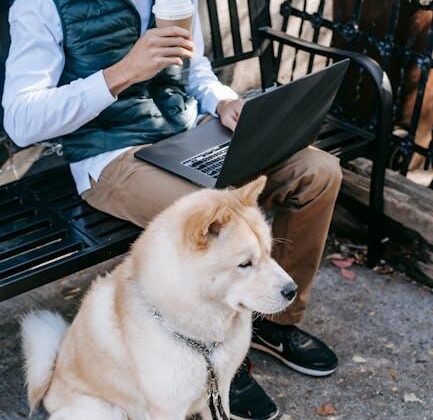Hey there, fellow dog lovers! 🐾 If you're anything like me, your pup is not just a pet but a cherished member of the family. We shower them with love, treats, and belly rubs, but let's face it – sometimes, we all could use a little help when it comes to training. Whether your furry friend is a boisterous puppy who thinks your favorite shoes are chew toys,or a seasoned adult dog who's a bit set in their ways,you're in the right place! In this article,we're diving into some fun and super easy dog training tips that will help you unlock your pup's potential and enhance your bond with them. Get ready to turn those chaotic moments into heartwarming wins, all while having a blast together. So grab those treats, and let's get training! 🐶✨
Getting Started with the Basics: Simple Commands Every Pup Should Know
Every dog owner knows that the foundation of a happy pup-parent relationship lies in communication. Teaching your dog a few basic commands can dramatically improve their behavior and your overall experience together. Start with the essentials, such as Sit, stay, and come. These commands are essential for your dog's safety and can be combined with fun activities to reinforce learning. Plus, using positive reinforcement like treats or praise makes the process exciting for both of you!
Here's a rapid list of commands to start with that can unlock the door to effective training:
- sit – Perfect for getting your dog's attention or calming them down.
- Stay – Essential for teaching impulse control.
- Come - A lifesaver for safety and outings.
- Down – Helps with managing excitement and energy levels.
- Leave it – For when your pup finds something they shouldn't have.
| Command | Purpose |
|---|---|
| Sit | Provides focus and calmness. |
| Stay | Teaches patience and safety. |
| Come | Ensures your pet returns to you. |
| Down | Reduces anxiety and hyperactivity. |
| Leave it | Prevents unwanted behaviors. |
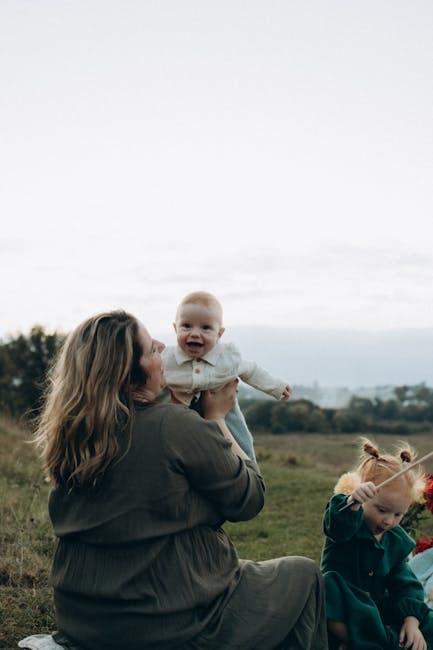
Turn Playtime into Training Time: Fun Games that Teach and Bond
Transforming playtime into a learning experience not only sharpens your pup's skills but also strengthens the bond you share.Engaging in fun games that incorporate training elements can be incredibly rewarding for both you and your furry friend. As a notable example, try hide-and-seek: hide somewhere in your house and call your dog to find you. This game promotes recall skills and gives your dog a chance to use their nose and instincts. another option is the treat puzzle: hide treats in a puzzle toy or around the yard, prompting your dog to use problem-solving skills and nose work to discover the goodies.
Don't overlook the classic game of fetch, but take it up a notch by incorporating commands. Such as, after throwing the ball, say “sit” or “stay” before allowing them to retrieve it. This reinforces obedience in a playful manner. To cap off a fun training session, consider a friendly competition with some practice on an obstacle course made from common household items.Set up challenges like weaving through chairs or jumping over broomsticks-your creative setup can make for both a workout and a way to teach agility. Below is a quick reference table for games and their training benefits:
| Game | Training Focus |
|---|---|
| Hide-and-Seek | Recall,Nose Work |
| Treat Puzzle | Problem Solving,Nose Work |
| Fetch with Commands | Obedience,Focus |
| Obstacle Course | Agility,Coordination |

Positive Reinforcement Made Easy: Rewards That work Wonders
When it comes to training your dog, the key is to create a fun and engaging environment that rewards good behavior. Positive reinforcement is a powerful tool, and it doesn't have to be complicated. Start by identifying what your furry friend loves the most. It could be treats, toys, or even praise! Use these rewards consistently to reinforce good behaviors, making sure to reward immediately after the desired action to help your pup make connections.Here are some effective rewards that your dog will go crazy for:
- high-Value Treats: Use small bits of cheese or chicken that your dog craves.
- Interactive Toys: Offer them a toy they can chew or fetch onc they follow your command.
- Quality Time: Sometimes, your attention and playtime are the best rewards of all!
To keep the training process dynamic and exciting, vary the types of rewards based on your pup's performance. This not only keeps your dog motivated but also emphasizes that good behavior comes with fantastic benefits. Check out the simple table below for a quick reference on how to cycle through different rewards based on your dog's training progress:
| Training Level | Reward Type |
|---|---|
| Beginner | Soft treats |
| Intermediate | Favorite toy |
| Advanced | Outdoor playtime |
By strategically using rewards that resonate with your pup, you'll not only make training a breeze but also build an unbreakable bond filled with trust and love. Happy training!

Tips for Troubleshooting: Overcoming Common Training Hiccups
When training your furry friend, encountering a few hiccups is par for the course.If your dog seems unfocused or uninterested,it might be time to mix things up! Change your training environment-a park or a different room can invigorate your pup. Also, consider shortening your sessions. Keeping training fun and engaging is key, so limit sessions to 5-10 minutes and stop before your dog loses interest. Celebrate small victories with plenty of praise and treats to maintain enthusiasm!
Sometimes, a lack of progress indicates that your pup might not understand what you're asking. Use clear cues and consistent commands. Make sure everyone in your household uses the same words and signals. If a particular command isn't sticking, try associating it with a favorite toy or game, turning learning into playtime.Don't forget, patience is your best friend! A progress chart can help track improvements and motivational milestones:
| Week | Commands Learned | Paw-sitive Reinforcement |
|---|---|---|
| 1 | Sit | Extra treat! |
| 2 | Stay | Playtime! |
| 3 | Come | Favorite toy! |
Q&A
Q&A: Unlocking Your Pup's Potential: Fun & Easy Dog Training tips!
Q: Why is it meaningful to train my dog?
A: Great question! Training your dog is crucial for building a positive relationship and fostering good behavior. It helps them understand what's expected, keeps them safe, and strengthens your bond. Plus, a well-trained pup is usually a happy pup!
Q: What's the first step to starting my dog's training?
A: The first step is to establish clear communication! Pick a few basic commands, like “sit,” “stay,” and “come.” Consistency is key, so use the same words and hand signals every time. don't forget to get excited-dogs love enthusiasm!
Q: How do I keep training sessions fun?
A: Keep it light and playful! Use short sessions (5-10 minutes) and mix in playtime. incorporate treats your dog loves as rewards,and don't hesitate to get silly with your cues! Dogs respond to positive energy,so the more fun you have,the more engaged they'll be!
Q: What if my dog doesn't seem to understand what I'm asking?
A: No worries! Every dog learns at their own pace.If they're not getting it, try breaking the command down into smaller steps or using a different reward. Sometimes, a change of scenery can help, too. Just be patient,and remember,practice makes perfect!
Q: How can I address unwanted behaviors,like jumping or barking?
A: For jumping,try turning your back and only giving attention when all four paws are on the ground. For excessive barking, identify the cause-maybe they need more exercise or mental stimulation.Redirect their focus with a command or toy when they start to bark.consistency and patience are vital here!
Q: Are there any tools or gadgets I should consider for training?
A: Absolutely! Positive reinforcement tools, like clickers or treat pouches, can make training easier and more effective. Leash training harnesses can help with pullers, while interactive toys can keep your pup engaged and mentally stimulated during downtime.
Q: Is it ever too late to train my dog?
A: Nope! It's never too late to train a dog. Puppies are generally easier to train due to their energy and eagerness to learn, but older dogs can absolutely learn new tricks and commands, too.it just might take a little more patience and creativity!
Q: Any fun tricks you recommend I teach my pup?
A: For sure! Start with classics like “roll over” or ”shake.” You can also teach them more advanced tricks like “play dead” or “back up”-they're super fun and will impress your friends! Just remember to break each trick down into smaller steps and keep rewarding them for their efforts.
Q: How do I know if my training is working?
A: Look for improvements in your dog's behavior! if they start responding to commands more quickly or show less of the unwanted behaviors, you're on the right track.Celebrate those little victories! And don't forget to have fun along the way-you're both learning together!
Final Thoughts
And there you have it, fur-parents! Unlocking your pup's potential doesn't have to be a ruff journey. With these fun and easy dog training tips,you're well on your way to having a well-behaved,happy pup that just can't wait to show off their skills.Remember, consistency is key, and a little playtime goes a long way in making training sessions enjoyable for both you and your furry friend.
So grab those treats, harness your patience, and dive into the joy of training together. Keep celebrating those small victories and don't forget to share your progress - we love hearing your stories! Here's to building an unbreakable bond with your four-legged buddy while having a blast along the way. Happy training, and may your adventures be filled with wagging tails and puppy kisses! 🐾💖
